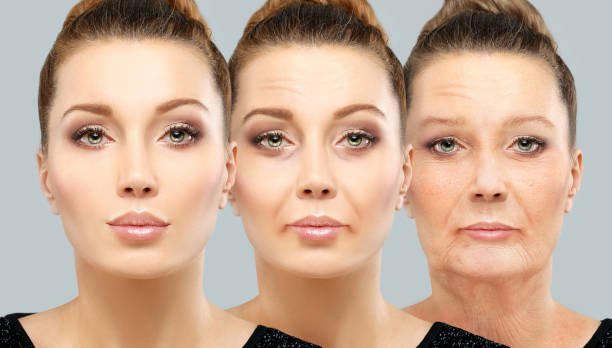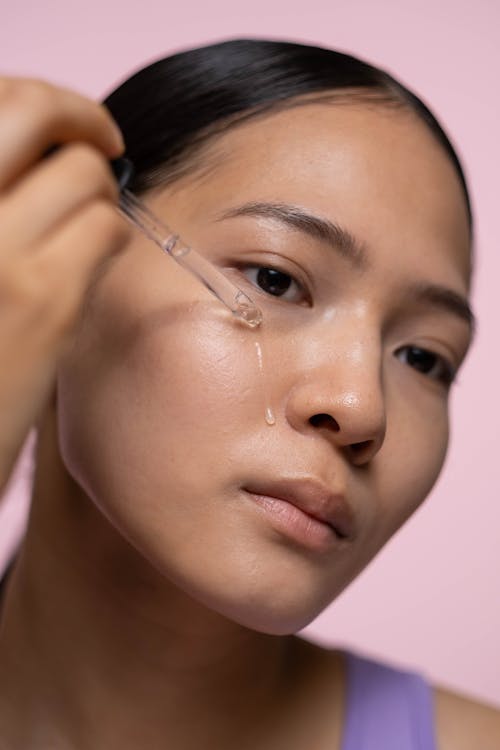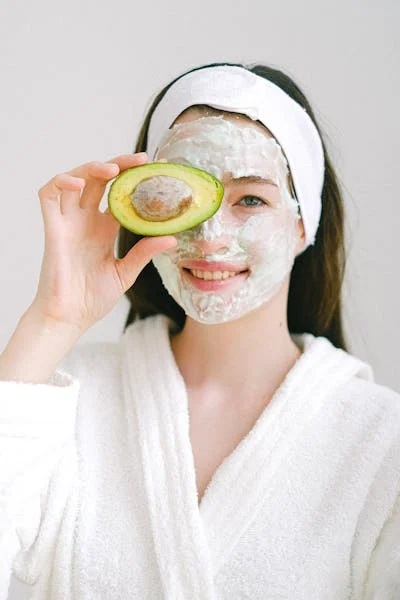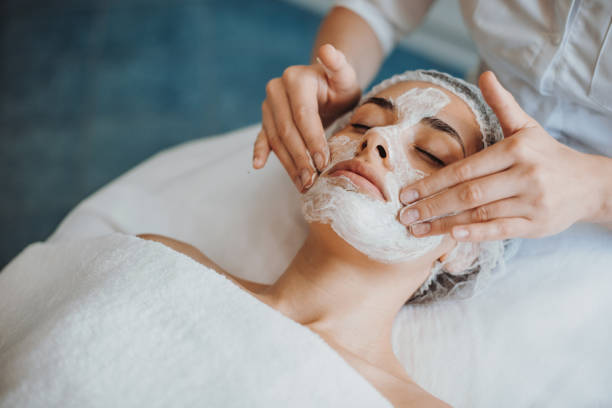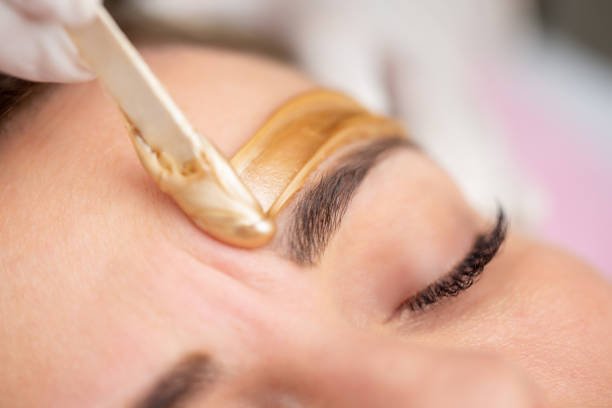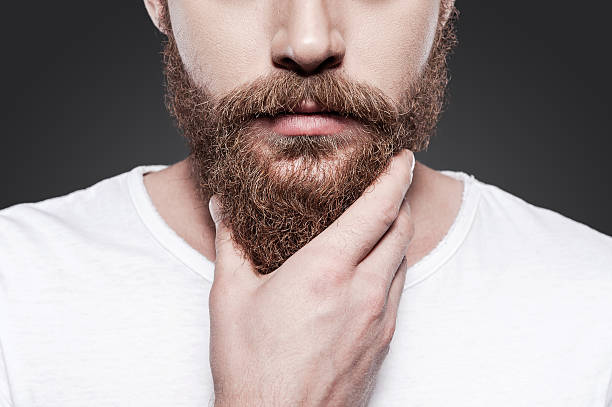This post contains affiliate links, meaning that I may receive compensation if you make a purchase through these links. As an Amazon Associate, I earn from qualifying purchases. This compensation does not influence the content, or recommendations provided. The opinions expressed are my own, and I strive to provide honest and unbiased information.
Updated January 02, 2025
Hormonal/Aging Skin Care: A Comprehensive Guide for Healthy, Radiant Skin
As we age, our skin undergoes changes, especially during hormonal shifts such as menopause. These changes may bring new challenges, from dryness and sensitivity to fine lines and dark spots. The good news? There are effective skincare routines and products that can help you adapt to these changes and keep your skin looking radiant and youthful. In this article, we’ll dive into everything you need to know about creating a skincare routine specifically tailored for hormonal and aging skin, with suggestions for creams, serums, oils, toners, and moisturizers to support your skin’s changing needs.
Understanding Hormonal and Aging Skin

As we age, our skin’s natural production of collagen and elastin decreases. This leads to the development of fine lines and wrinkles. Hormones also play a big role in these changes. Estrogen, a key hormone for skin health, naturally declines with age, especially around menopause. This drop in estrogen can lead to dryness, sensitivity, and changes in skin texture. Additionally, some women experience increased oiliness or acne due to hormonal fluctuations.
Aging and hormonal changes create a unique set of skincare needs. By understanding these shifts, you can choose the right products to support your skin, keeping it healthy and vibrant as it ages.
Essential Steps: Cleansing and Toning
For hormonal and aging skin, the ideal skincare routine includes gentle cleansing, deep hydration, and targeted treatments with active ingredients. Below is a step-by-step routine, along with recommended products that feature essential ingredients such as retinol, hyaluronic acid, peptides, and natural oils.
1. Gentle Cleansing
Aging skin benefits from gentle cleansers that don’t strip away natural oils. Look for a hydrating cream or oil-based cleanser to remove impurities while maintaining moisture.
Recommended Products:
– Cream Cleanser: Perfect for dry or sensitive skin, cream cleansers help keep skin soft and moisturized.
– Oil-Based Cleanser: Helps remove makeup and debris without disrupting the skin’s moisture balance.
2. Hydrating and Soothing Toners
Toners help balance and prep the skin, making it more receptive to serums and moisturizers. Choose hydrating, gentle toners, especially those with ingredients like rose water, lactic acid, or niacinamide to address specific needs.
Recommended Products:
– Rose Water Toner: Provides a boost of hydration and helps soothe irritation.
– Witch Hazel Toner: A gentle astringent that can minimize the appearance of pores without drying out the skin.
– Lactic Acid Toner: Gently exfoliates to brighten skin while improving texture and tone.
– Niacinamide Toner: Known for its ability to even skin tone, niacinamide also helps improve moisture levels and strengthen the skin barrier.
Essential Steps: Serums
3. Serums with Targeted Active Ingredients
Serums are highly concentrated and target specific concerns. For aging skin, serums containing Vitamin C, hyaluronic acid, peptides, and niacinamide are particularly beneficial.
Recommended Products:
– Vitamin C Serum: An antioxidant powerhouse that brightens skin, reduces dark spots, and protects against environmental damage.
– Hyaluronic Acid Serum: Attracts and retains moisture, plumping up the skin and reducing the appearance of fine lines.
– Peptide Serum: Supports collagen production to help improve firmness and elasticity.
– Glycolic Acid Serum: Gently exfoliates to promote cell turnover, revealing smoother, more even skin.
– Niacinamide Serum: Great for reducing redness, balancing oil production, and enhancing the skin barrier.
Each serum has unique benefits, so consider layering a few to target multiple skin concerns at once.
Essential Steps: Hydration
4. Hydrating Creams and Treatments
Creams and treatments play a vital role in locking in hydration and providing targeted anti-aging benefits. Look for creams that feature retinol, peptides, and ceramides, as these ingredients can improve skin’s firmness, texture, and moisture levels.
Recommended Products:
– Retinol Cream: A derivative of Vitamin A, retinol helps reduce fine lines, improves skin texture, and promotes collagen production.
– Peptide Cream: Peptides signal skin to produce more collagen, which can improve firmness and elasticity.
– Ceramide Cream: Strengthens the skin barrier, preventing moisture loss and improving skin resilience.
– Niacinamide Cream: Known for reducing dark spots and evening skin tone, niacinamide also helps improve skin texture.
– Hyaluronic Acid Cream: Intensely hydrating, helping the skin maintain moisture and softness.
These creams can be used day and night, with retinol being best for nighttime use due to its potency.
5. Moisturizers for Deep Hydration
Moisturizers are essential for sealing in hydration and supporting the skin’s barrier. Rich, hydrating formulas work well for hormonal and aging skin, especially those with ingredients like ceramides, squalane, and peptides.
Recommended Products:
– Ceramide Moisturizer: Restores the skin barrier and locks in moisture for a hydrated, healthy glow.
– Squalane Moisturizer: A lightweight yet effective hydrator, squalane is derived from plants and is suitable for all skin types.
– Peptide Moisturizer: Peptides support elasticity, helping to firm and smooth skin.
– Collagen Moisturizer: Boosts skin’s firmness, helping to reduce the appearance of fine lines and wrinkles.
– Hyaluronic Acid Moisturizer: A powerhouse hydrator that keeps skin soft and plump.
For the best results, apply moisturizer both morning and night, adjusting the type based on your skin’s needs.
Essential Steps: Nourish and Protect
6. Nourishing Facial Oils
Facial oils are an excellent addition to a hormonal/aging skincare routine, especially for those experiencing dryness. Oils like rosehip, argan, and evening primrose are rich in fatty acids and antioxidants, which help nourish and protect the skin.
Recommended Products:
– Rosehip Oil: Contains natural retinoids that help reduce signs of aging and improve skin tone.
– Argan Oil: A rich source of fatty acids and Vitamin E, it nourishes and softens the skin.
– Squalane Oil: Lightweight and non-comedogenic, it hydrates without feeling greasy.
– Marula Oil: Packed with antioxidants and fatty acids, it hydrates and improves skin elasticity.
– Evening Primrose Oil: Known for soothing properties, it’s great for sensitive or hormonal skin.
You can use facial oils after moisturizer or mix a few drops into your cream for an extra hydration boost.
7. Sun Protection to Prevent Premature Aging
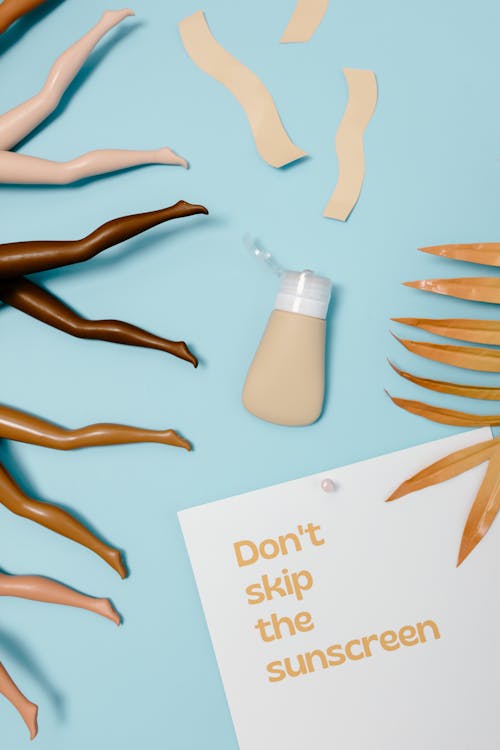
A broad-spectrum SPF of at least 30 is essential for protecting aging skin from sun damage, which accelerates fine lines, dark spots, and uneven tone. Daily SPF is non-negotiable in any anti-aging routine, as UV exposure can counteract all the benefits of your skincare products.
Recommended Products:
– SPF 30+ Daily Moisturizer: Combines hydrating properties with sun protection, suitable for everyday wear.
– Mineral Sunscreen SPF 50: Provides high-level protection without chemical filters, ideal for sensitive or mature skin.
Common Challenges in Hormonal/Aging Skin Care
Hormonal and aging skin often comes with dryness, sensitivity, and other concerns. Here are some ways to address these issues:
– Dryness: Choose products with hydrating ingredients like hyaluronic acid, squalane, and ceramides to lock in moisture.
– Sensitivity: Switch to gentle, fragrance-free products, and look for calming ingredients like niacinamide and rose water.
– Uneven Skin Tone and Dark Spots: Use Vitamin C and glycolic acid to brighten the skin and reduce pigmentation.
– Breakouts: Choose non-comedogenic products and incorporate gentle exfoliants to keep pores clear without irritation.
Supporting Skin Health from the Inside Out
Lifestyle factors also impact skin health. Along with a consistent skincare routine, these tips can help you maintain vibrant skin as you age:
– Stay Hydrated: Drinking plenty of water keeps skin cells hydrated.
– Balanced Diet: Include foods rich in antioxidants, healthy fats, and vitamins to support skin health.
– Reduce Stress: Stress can lead to hormone imbalances, which may affect your skin.
– Quality Sleep: During sleep, the body repairs itself, so aim for 7–8 hours each night.
Embrace Your Skin’s Journey
Creating a skincare routine tailored to hormonal and aging skin doesn’t mean turning back the clock. It’s about nourishing and supporting your skin so that it can look and feel its best at every stage of life. By choosing products that cater to your skin’s unique needs and making simple lifestyle adjustments, you can enjoy healthy, radiant skin.
With these creams, serums, oils, toners, and moisturizers, you’ll be well-equipped to tackle the challenges of hormonal and aging skin. Start building your personalized skincare routine today and experience the difference the right products can make.
On a Budget? Read: Quality Skin Care on a Budget

